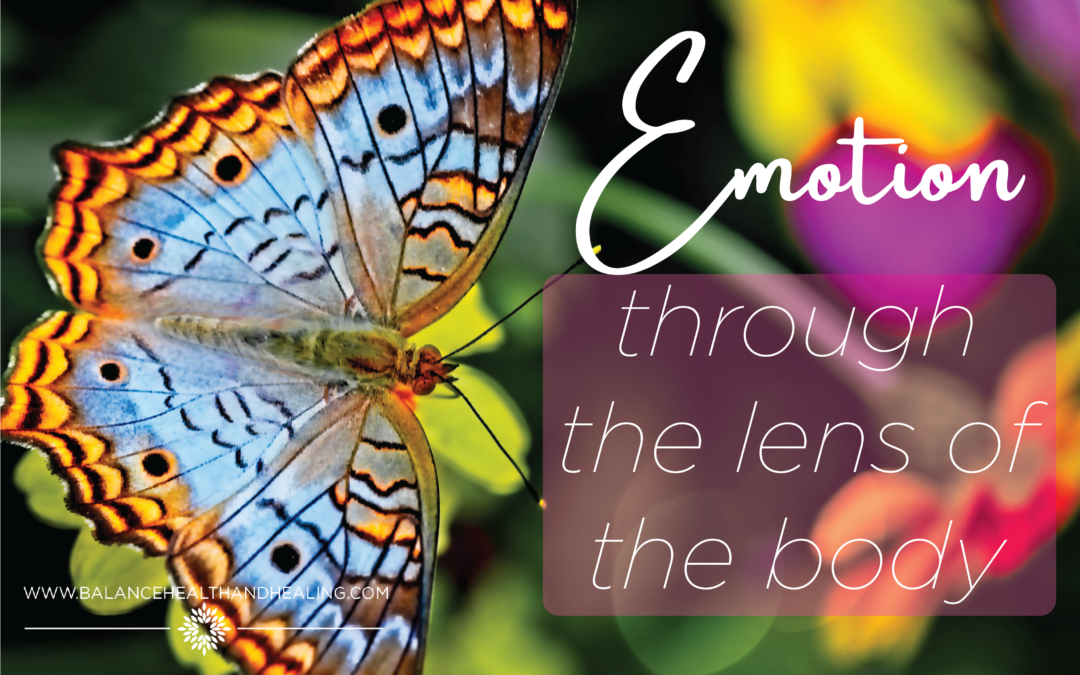When you stop to think about it, you can probably identify physical manifestations of your emotions. It’s not uncommon to hear people describe the state of being excited as “light” or a “butterflies in my stomach” feeling. When we are sad, we may identify as feeling sluggish or tired. Grief is similar- when we experience profound loss, there are physical symptoms that accompany the intense, dysregulating emotion. Commonly described physical manifestations of grief are things like headaches, stomach pain, back pain, chest heaviness, weakness or tightness in muscles, and changes in breathing and sleep.
As we experience emotions, we may at first feel shocked to encounter not just intense emotional sensation but physical sensation as well. Researchers and clinicians have begun developing a “body oriented approach” to grief processing that not only acknowledges physical manifestations of grief, but also harnesses body awareness as an entry point to greater understanding of self.
 Slowing down to take notice of our body sensations that accompany emotions can help us integrate different sources of information and make connections we wouldn’t otherwise see. In therapy, this might look like your clinician saying something along the lines of, “Every time you talk about the beach, I notice your body seems to stiffen. Is there a thought or emotion that comes up for you?” You can also work to develop mastery of this on your own. Here are a few ideas:
Slowing down to take notice of our body sensations that accompany emotions can help us integrate different sources of information and make connections we wouldn’t otherwise see. In therapy, this might look like your clinician saying something along the lines of, “Every time you talk about the beach, I notice your body seems to stiffen. Is there a thought or emotion that comes up for you?” You can also work to develop mastery of this on your own. Here are a few ideas:
Track your physical sensations
Begin to notice and develop awareness of your body and the way it reacts and responds to emotion and environment. Give yourself a broad vocabulary for the physical sensations: is it heavy? Light? Stiff? Weak? Pounding? Achy? Fleeting? Put the sensation to words.
Mindfully engage
As you increase in awareness of your physical sensations, and do the work to name them, begin to take it a step further and mindfully engage the sensation. Ask yourself, “This tenseness in my neck as I drive in rush hour traffic- is there a specific emotion or thought that goes with it?”
In this work, remind yourself that the goal is to develop increased body awareness so that it becomes an entry point to greater self-awareness. By heightening your awareness of emotions and sensations, they are less likely to take over the command center of your brain. We learn to bring online cognitive processing and remain within our window of tolerance, a place where emotions can be tolerated and information processed.
By integrating sensorimotor sensations into our processing, we give ourselves another tool in the toolbox of emotional regulation.

